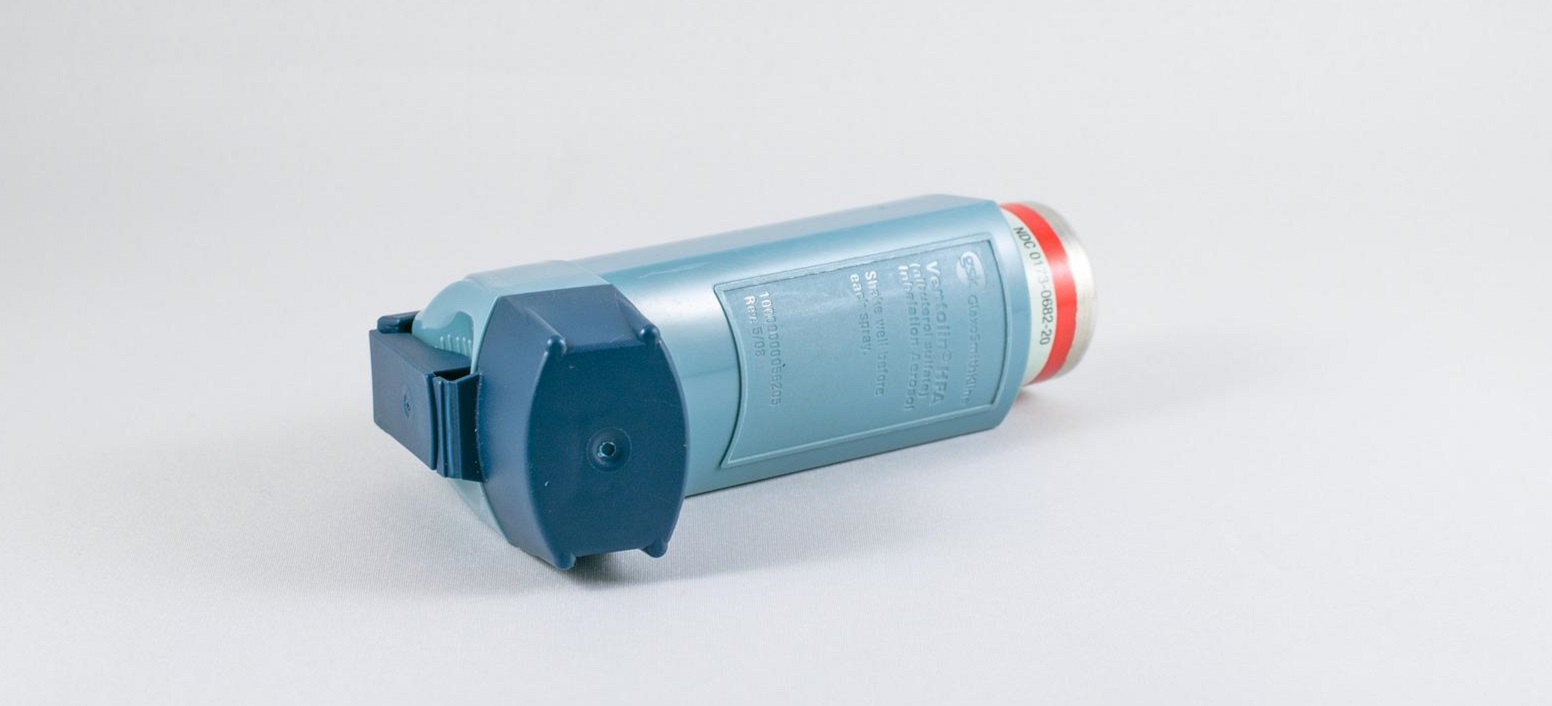You may have read our article outlining the eight most prominent chronic medical conditions in the US. In this article, we will be looking at one of these conditions: chronic obstructive pulmonary disease, also known as COPD.
What is COPD?
According to the CDC, more than 15 million Americans are living with chronic obstructive pulmonary disease. This is a name given to various lung conditions that cause breathing difficulties. Many people may not realise that they have COPD.
Chronic obstructive pulmonary disease usually exists as one of two main types:
- Emphysema – Damage to the air sacs in the lungs
- Chronic bronchitis – Inflammation of the airways that either lasts a long time or occurs regularly
It is a condition that can limit your ability to engage in daily activities, as it restricts normal breathing. In many cases, COPD worsens over time, and requires treatment to manage effectively.
Symptoms of COPD
As the name suggests, chronic obstructive pulmonary disease is characterised by chronic obstruction of the pulmonary system. But what does this mean?
The pulmonary system is the scientific name for your lungs and airways. COPD involves obstructions, or blockages, in your airways, which make it difficult to breathe. That they are chronic means they do not go away or come back quickly when they do.
Therefore, the main symptoms of chronic obstructive pulmonary disease are breathlessness and difficulty breathing. These symptoms become particularly apparent when you’re active, such as playing sports. However, in more serious cases these symptoms could be particularly noticeable even when sedentary – sitting or lying down.
A person with COPD may also have a persistent chesty cough, which will likely be accompanied by build-ups of phlegm. They are also at increased vulnerability of developing chest infections, which can make the condition worse.
Many people with chronic obstructive pulmonary disease will experience periods of intensified symptoms, where the condition gets worse. These can be getter on their own but will usually require medical treatment.
Causes of COPD
There are several potential causes of chronic obstructive pulmonary disease. COPD occurs when the lungs are damaged, resulting in inflammation and narrowing of the airways. One of the most prominent causes of this damage is smoking.
Chemicals in cigarettes and cigars irritate and damage the air sacs in the lungs. The more someone smokes, the more damage is caused. This increases the likelihood of someone developing COPD. Even if you do not smoke, exposure to other people’s smoking could cause damage to your lungs.
Stopping smoking can help to prevent COPD symptoms from worsening.
Other potential causes of chronic obstructive pulmonary disease include exposure to fumes, dust, and chemicals. This exposure will usually occur in a workplace. However, damage is more likely in people who already smoke. Substances found to cause COPD include:
- Silica dust
- Coal dust
- Cadmium dust and fumes
- Welding fumes
- Grain and flour dust
- Isocyanates
It has also been suggested that certain genetic factors can increase your chances of developing COPD. Finally, research has also suggested that air pollution could contribute to the development of chronic obstructive pulmonary disease. However, this research is currently inconclusive.
Preventing and Treating COPD
Chronic obstructive pulmonary disease currently has no cure. Fortunately, there are treatments available. However, as with many health conditions, prevention remains better than cure.
The best way to avoid developing COPD is to reduce exposure to elements that can cause damage to the lungs. If you are a smoker, you should quit smoking and avoid exposure when possible. In the workplace, be aware of the chemicals in use and wear personal protective equipment (PPE) when available.
For people who develop chronic obstructive pulmonary disease, failing to treat the condition could ultimately lead to life-threatening health problems. The following are some forms of treatment available for COPD.
Inhalers
When COPD starts to affect breathing, you may be prescribed with an inhaler. You may be familiar with inhalers as a treatment for asthma, another chronic condition. Inhalers for chronic obstructive pulmonary disease are slightly different from those prescribed for asthma.
Most people with COPD will be given short-acting bronchodilator inhalers first. These provide medicine that relaxes and widens the airways, making it easier to breathe. They are used when people feel breathless, though this should only be up to four times a day.
For people with more severe chronic obstructive pulmonary disease, they will likely be given a long-acting bronchodilator. Like short-acting bronchodilators, these help to open the airways. However, this type of inhaler lasts for at least 12 hours. Therefore, they only need to be used once or twice a day.
Steroid inhalers can also be prescribed if breathlessness continues.
Tablets
When inhalers don’t work, doctors may prescribe tablets as well. Some, such as theophylline, perform a similar function as bronchodilator inhalers, helping to open the airways. This improves breathing. If you are prescribed with this medication, you may need to have your blood tested regularly to check the medication levels in your blood.
For people with chronic obstructive pulmonary disease who experience a heavy build-up of phlegm, there are medicines called mucolytics. These help to thin the phlegm in your throat and lungs, making it easier to cough up.
If your doctor thinks you have contracted a chest infection, they may also give you antibiotics. A chest infection tends to be characterised by increased breathlessness, coughing more often, or a change in the colour or consistency of phlegm.
Pulmonary Rehabilitation
One method of treating COPD is to strengthen the lungs through exercise. A team of specialists work with you to identify methods of exercise that can increase your lung efficiency. This will allow you to carry out more actions before becoming breathless.
As part of a pulmonary rehabilitation program, you will also be given dietary advice that can reduce symptoms. This treatment is focused on improving quality of life whilst living with chronic obstructive pulmonary disease.
Surgery
In extreme cases of COPD, surgical procedures may become necessary. These surgeries aim to remove damaged tissues, making it easier for the lungs to expand and take in air. Generally, surgeries will only take place if symptoms are severe and are not addressed by medication or therapy.
In the most severe cases, you may receive a lung transplant. This will replace your damaged lungs with a healthier set, improving your ability to breathe. However, transplants come with significant risks, such as organ rejection. Furthermore, you will need to take medication that suppresses your immune system for the rest of your life.
Other Treatments
Chronic obstructive pulmonary disease can be treated in various ways. These are the most common options, though there are other treatments. For example, you may be given a ventilator to help alleviate your breathing difficulties.
You can also prevent COPD symptoms from worsening by stopping smoking. Additionally, exercising can help to improve your breathing and keep your lungs strong.
Medical Alert Alarm
Here at Direct Medical Alert, we understand that chronic health conditions can leave people feeling anxious at home. A Medical Alert Alarm can provide additional peace of mind, with help available at the press of a button.
Medical Alert Alarms are designed to benefit seniors and those living with chronic medical conditions or disabilities. In the event of a fall or emergency, pressing the button on your alarm pendant puts you in touch with our professional Care Team. They will then arrange help on your behalf.
With a Medical Alert Alarm, you will always be in safe hands. Find out more today and get a quote for your Medical Alert Alarm.

